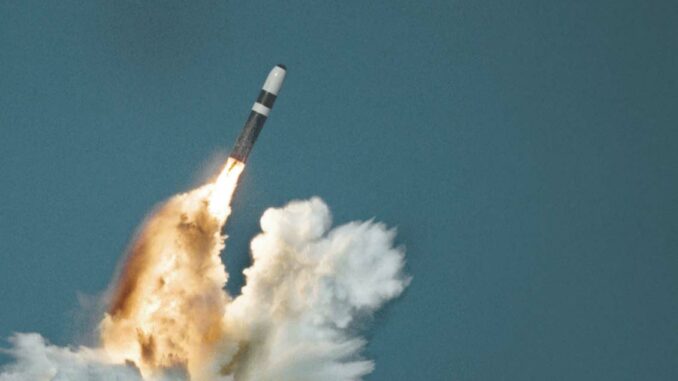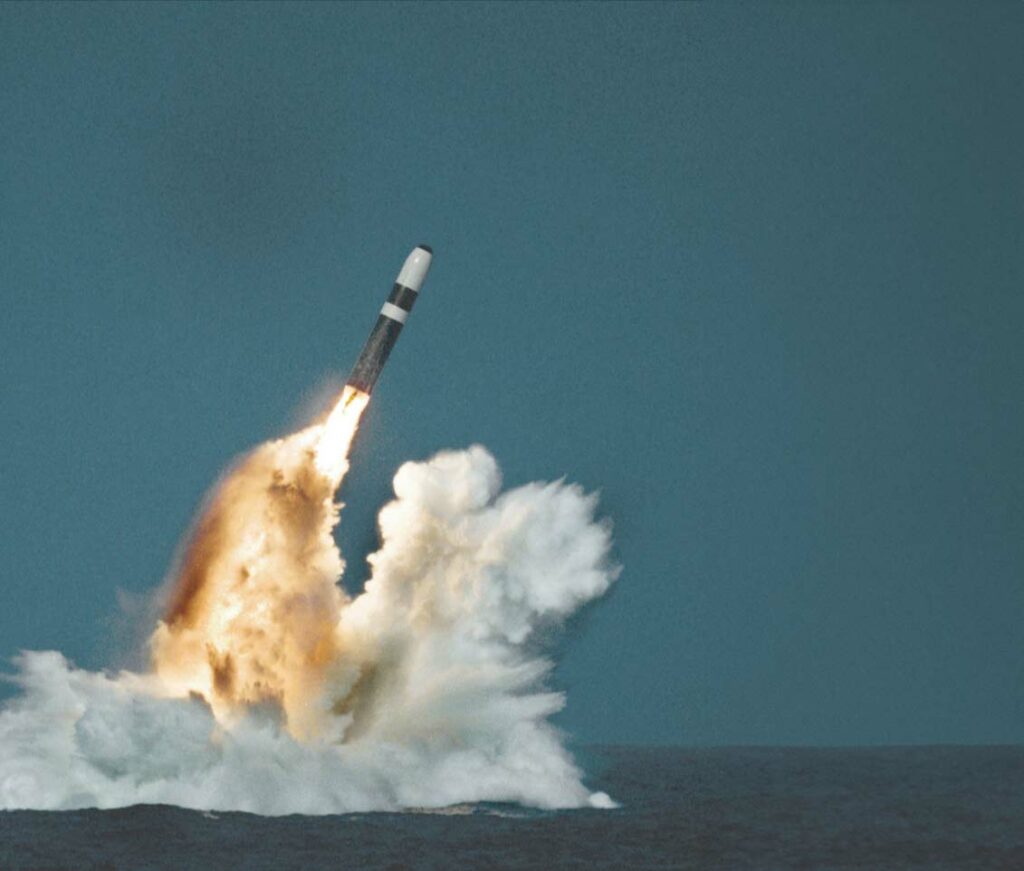
The B61-13, the latest development in American nuclear weaponry, aimed at boosting strike capability at a controlled cost for less than $100Mio.”
The recent announcement of the development of the B61-13, a new variant of the US nuclear gravity bomb, marks a significant step in the modernization of the US nuclear arsenal. With an estimated budget of less than $100 million, this project illustrates the nuclear defense strategy aimed at combining operational efficiency and cost rationalization. This article explores in detail the development process, the allocated budget, and the strategic implications of this new weapon.
B61-13 development and budget
Cost and budget planning
The B61-13, planned as the successor to the B61 series, represents a significant advance, designed to produce a higher-yield nuclear bomb capable of penetrating fortified enemy sites. The projected budget is $92 million over four years, allocated in stages to support the development and production of the new model.
Production schedule
According to budget documents, the first production unit of the B61-13 is expected in fiscal year 2026, underlining meticulous strategic planning and resource allocation. This schedule demonstrates the commitment to renewing the nuclear arsenal while keeping spending under control.

Technological and strategic context
Continuity and innovation
The B61-13 is a continuation of the B61-12 life extension program initiated under the Obama administration. This program aims to modernize the older B61 variants by integrating advanced technologies, without increasing the total number of nuclear weapons, but enhancing their effectiveness and reliability.
National security implications
The development of the B61-13 illustrates the response to current national security requirements, offering an improved nuclear deterrent capability. This modernization is essential to maintain a credible and effective nuclear arsenal, capable of responding to emerging threats and global strategic challenges.
Financial and operational impact
NNSA’s overall budget
The budget requested by the National Nuclear Security Administration (NNSA) for fiscal year 2025 amounts to $5.14 billion for its weapons-related activities, encompassing arsenal management, maintenance, weapons dismantlement, production operations and nuclear enterprise insurance. This budget reflects the scale of our efforts to ensure the reliability and security of the US nuclear arsenal.
Streamlining and efficiency
The B61-13 development strategy highlights a rationalization and efficiency approach, aimed at optimizing resources while ensuring a modernized and robust nuclear strike capability. This approach is crucial to aligning defensive capabilities with today’s budgetary realities and strategic imperatives.
The development of the B61-13 by the United States represents a major strategic step forward in the modernization of its nuclear arsenal. With its controlled production costs and precise budget planning, this project embodies the commitment to effective nuclear defense, adapted to contemporary challenges. The success of this program will be decisive for the future of America’s nuclear deterrent, ensuring an enhanced response capability in the face of global threats, while respecting financial constraints and rigorous safety standards.
War Wings Daily is an independant magazine.